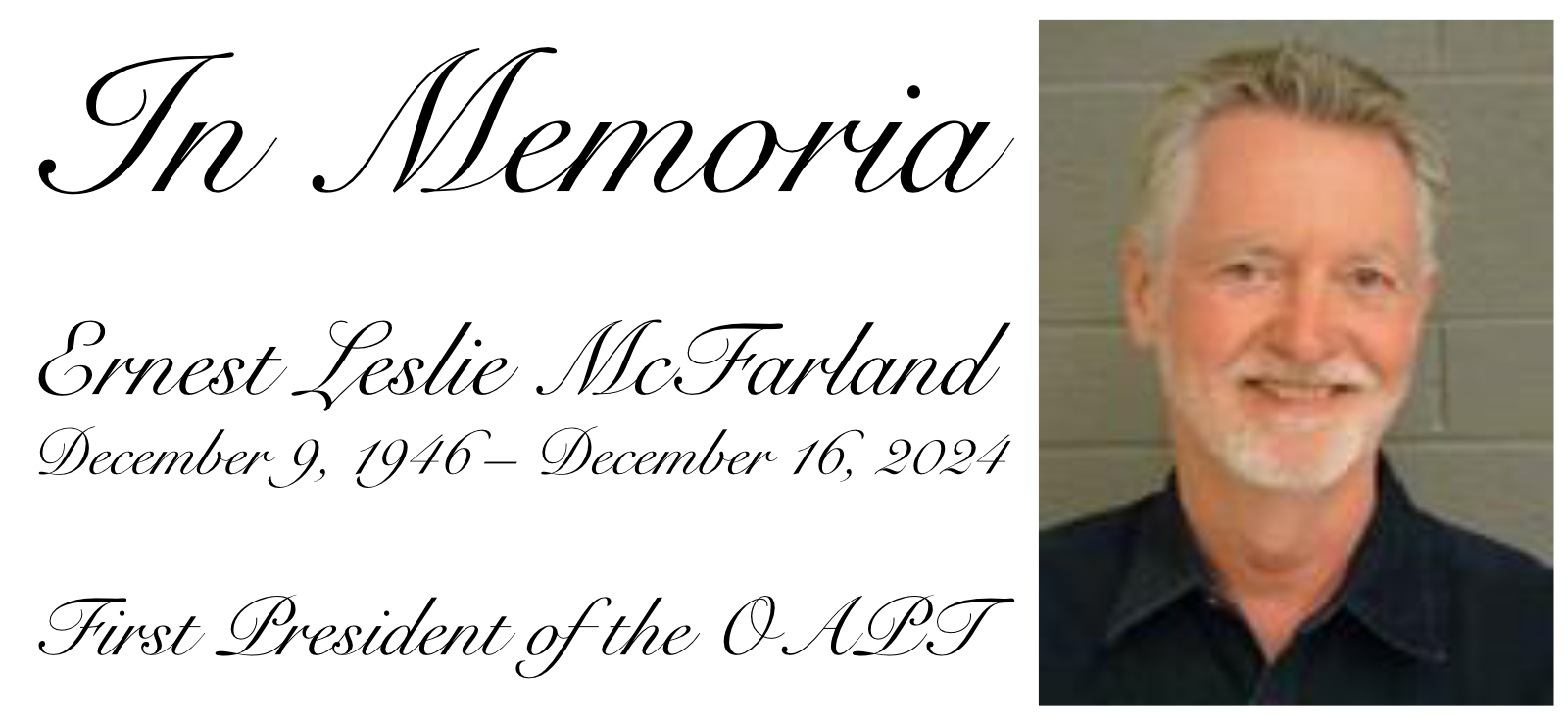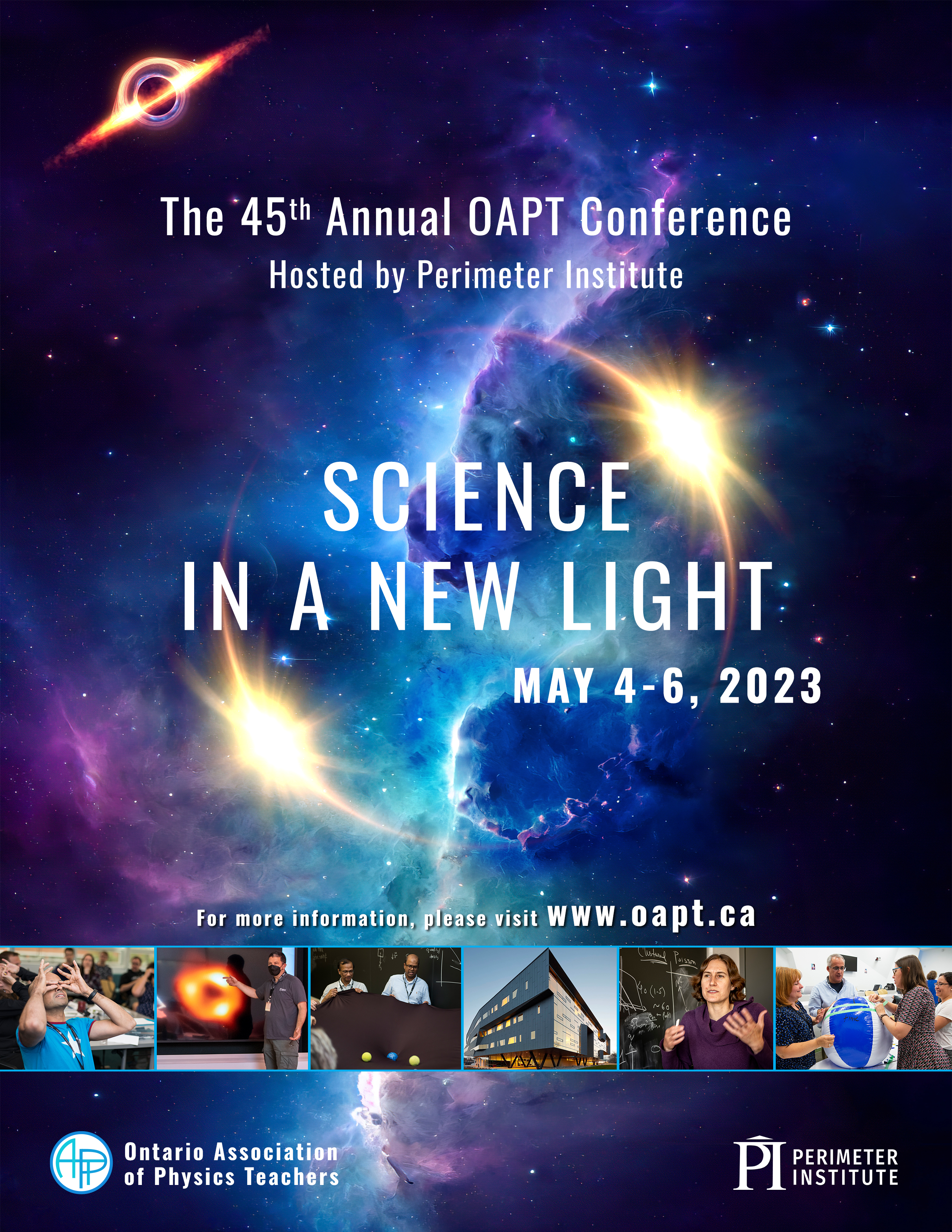




Second freefall problem: “You drop a ball from a window 1.9 m above the ground. How much time does it take to hit the ground?” The student sizes up the problem; it seems easy. The displacement is 1.9 m downward. The acceleration is known; the student is feeling confident. They can find the time if they know one more motion quantity. Ah, the final velocity is zero! Problem solved!

Arnold Arons (1979)
My name is Eric Haller. I’m a new teacher and I am currently at the start of my third year teaching in China. Even though I live so far away, I was able to make it to the physics camp in Sudbury two summers ago. There I got a book called FIVE EASY LESSONS: Strategies for Successful Physics Teaching by Randall D. Knight, which I highly recommend. In this book, Knight talks about many different ways we can improve how we teach physics, a few of which I’ve actually tried out with my students. I want to share with you one of the successes I’ve had with those strategies, here is how I teach my students to draw system and free body diagrams.